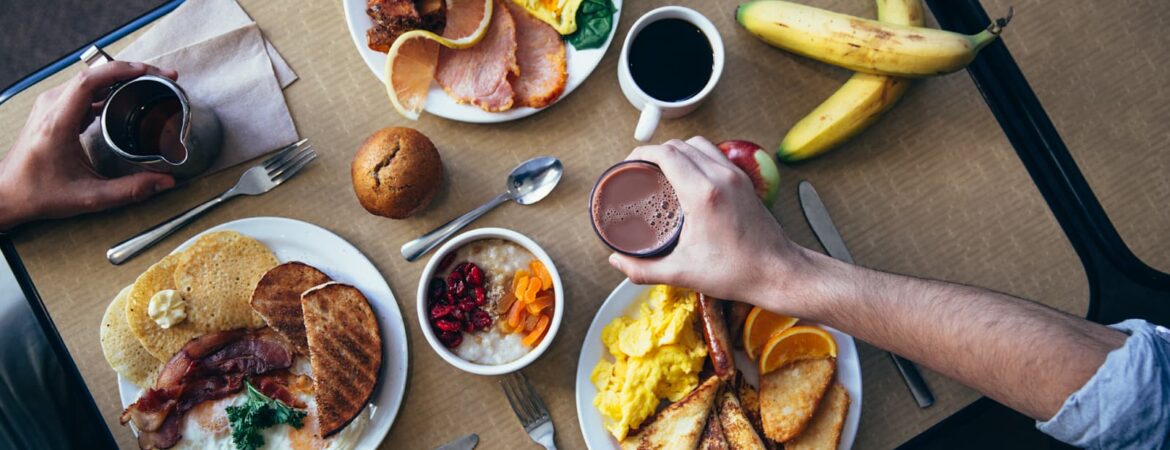In the realm of culinary marketing and promotion, where the sensory experience is paramount, the art of commercial food photography stands as a powerful tool. It is the meticulous craft of capturing the essence of gastronomy through visual storytelling, transcending mere images to evoke emotions, desires, and appetites. In an era where social media feeds are filled with tantalizing food imagery and consumers increasingly rely on visual cues to inform their dining choices, the significance of captivating food photography cannot be overstated.
Classic Food Photography
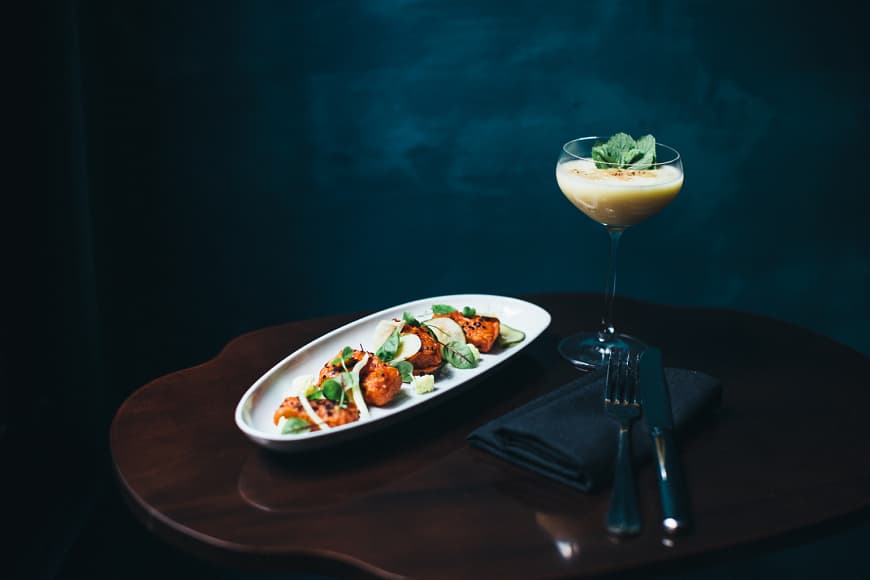
Classic food photography is characterized by its simplicity, elegance, and focus on showcasing the natural beauty of dishes. This timeless approach often employs soft lighting, neutral backgrounds, and minimal props to highlight the textures, colors, and details of the food itself.
By emphasizing the inherent appeal of the food without excessive embellishments, classic food photography creates images that are both visually appealing and appetizing, inviting viewers to savor the essence of each dish.
Contemporary Food Photography
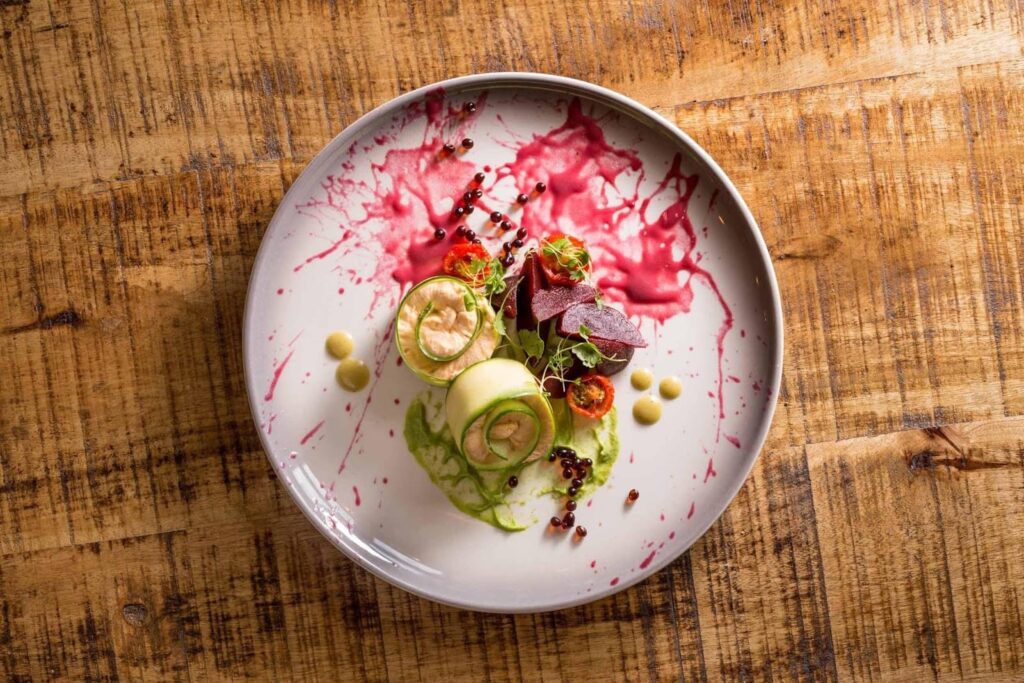
Contemporary food photography breaks away from traditional norms, embracing innovative compositions, bold colors, and experimental techniques. This style thrives on creativity and unconventional perspectives, using playful props, dramatic lighting, and artistic arrangements to showcase food in unexpected ways. From dynamic overhead shots to captivating close-ups, contemporary food photography invites viewers to experience culinary delights from fresh and exciting angles.
By pushing boundaries and challenging conventions, contemporary food photography captures the essence of modern gastronomy, reflecting the dynamic fusion of flavors, cultures, and culinary trends in today’s food scene.
Fine Art Food Photography
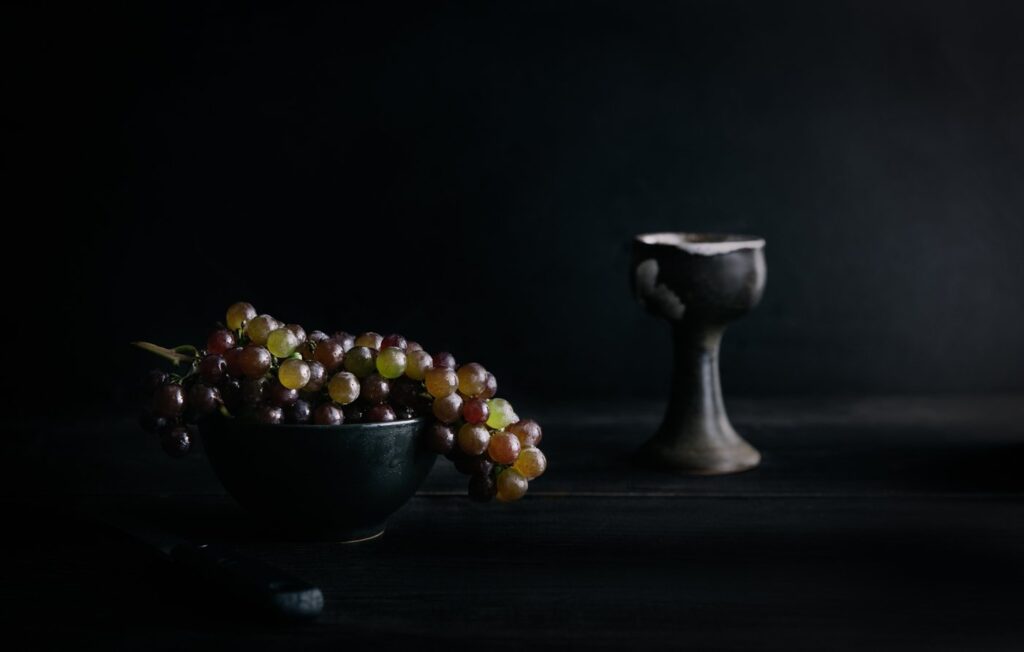
Fine art food photography transcends mere documentation, transforming ordinary ingredients into extraordinary works of art. This style emphasizes aesthetics, composition, and storytelling, drawing inspiration from painting, sculpture, and other visual arts. Ethereal lighting, intricate styling, and surreal settings create images that are as captivating as they are thought-provoking, challenging viewers to explore the intersection of food and creativity.
Fine art food photography is a niche within the broader field of food photography that prioritizes artistic expression and creativity over commercial or editorial purposes. In fine art food photography, the goal is not just to showcase the food itself, but to elevate it to the status of a subject worthy of artistic exploration.
Here are some key aspects and techniques commonly used in fine art food photography:
- Composition: Fine art food photographers often pay close attention to composition, arranging the elements of the image in a visually pleasing and balanced way. They may experiment with different compositions, such as symmetry, leading lines, or the rule of thirds, to create dynamic and engaging images;
- Lighting: Lighting plays a crucial role in fine art food photography, as it can dramatically affect the mood and atmosphere of the image. Photographers may use natural light, artificial light, or a combination of both to create soft, diffused lighting or dramatic shadows, depending on the desired effect;
- Styling: Styling is another important aspect of fine art food photography, as it involves arranging and presenting the food in an aesthetically pleasing way. Photographers may use props, backgrounds, and garnishes to enhance the visual appeal of the image and create a cohesive narrative or theme;
- Texture and detail: Fine art food photographers often focus on capturing the texture and detail of the food, whether it’s the crispy edges of a pastry, the glistening surface of a fruit, or the intricate layers of a cake. Close-up shots and macro photography techniques may be used to highlight these details and create visually captivating images;
- Editing: Post-processing and editing are commonly used in fine art food photography to enhance colors, contrast, and mood, as well as to remove any imperfections or distractions from the image. Photographers may use editing software like Adobe Photoshop or Lightroom to fine-tune their images and achieve their desired aesthetic.
Overall, fine art food photography is a creative and expressive form of photography that allows photographers to explore the beauty and complexity of food in new and unexpected ways. It requires a combination of technical skill, artistic vision, and attention to detail to create images that are both visually stunning and emotionally resonant.
Lifestyle Food Photography
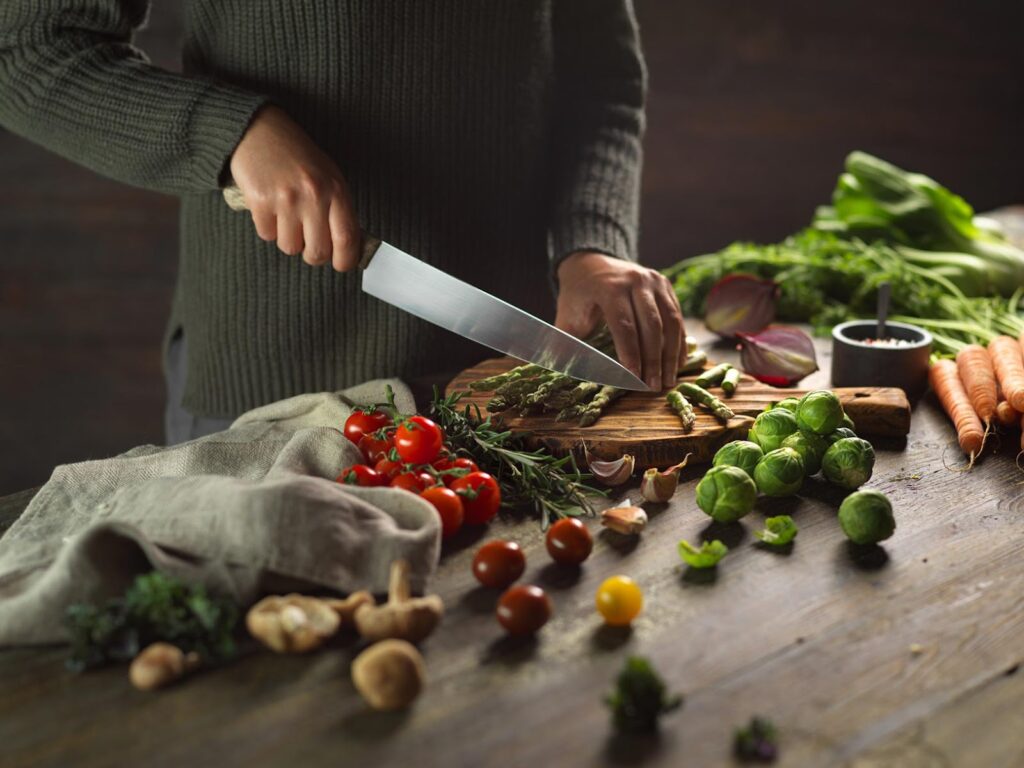
Lifestyle food photography focuses on capturing food in a natural, everyday context, often incorporating elements of lifestyle and storytelling to evoke a sense of authenticity and relatability. Unlike traditional food photography, which may emphasize perfect plating and studio lighting, lifestyle food photography aims to convey the experience of enjoying food in real-life settings.
Here are some key characteristics and techniques commonly found in lifestyle food photography:
- Context: Lifestyle food photography often includes elements of the surrounding environment to provide context and tell a story. This might include incorporating props such as utensils, napkins, and table settings, as well as backgrounds like kitchen countertops, dining tables, or outdoor picnic scenes;
- Candid moments: Instead of meticulously staged shots, lifestyle food photography often captures candid moments of people interacting with food in natural settings. This could include people cooking together in the kitchen, enjoying a meal with friends or family, or savoring a bite of food in a casual setting;
- Natural lighting: Natural light is typically preferred in lifestyle food photography to create a warm and inviting atmosphere. Photographers may use diffusers or reflectors to soften harsh sunlight and minimize shadows, resulting in soft, flattering lighting that enhances the mood of the image;
- Authenticity: Authenticity is a key aspect of lifestyle food photography, as it aims to capture genuine moments and emotions associated with food. This may involve showcasing imperfect or imperfectly plated dishes, as well as capturing the messy, spontaneous moments that occur during mealtime;
- Storytelling: Lifestyle food photography often tells a story or conveys a lifestyle aesthetic, whether it’s a cozy Sunday brunch with friends, a romantic dinner date, or a bustling family gathering. Photographers may use composition, props, and styling to evoke a specific mood or narrative and create images that resonate with viewers on a personal level.
Lifestyle food photography is a vibrant celebration of the everyday moments that bring us together around the table. It’s about more than just capturing food—it’s about capturing the laughter, the love, and the memories that accompany each meal. In this style, imperfection is embraced, spontaneity is cherished, and authenticity reigns supreme.
Gone are the perfectly staged scenes and meticulously arranged dishes. Instead, lifestyle food photography invites us into real-life settings, where kitchen counters are cluttered with ingredients, and dining tables are adorned with mismatched plates and utensils. Here, the beauty lies in the messiness of everyday life, in the unfiltered moments of joy and connection that unfold organically.
Natural light floods the frame, casting a warm glow over the scene and infusing each image with a sense of intimacy and warmth. From casual family dinners to impromptu gatherings with friends, lifestyle food photography captures the essence of communal dining, inviting viewers to pull up a chair and join in the feast.
Commercial Food Photography
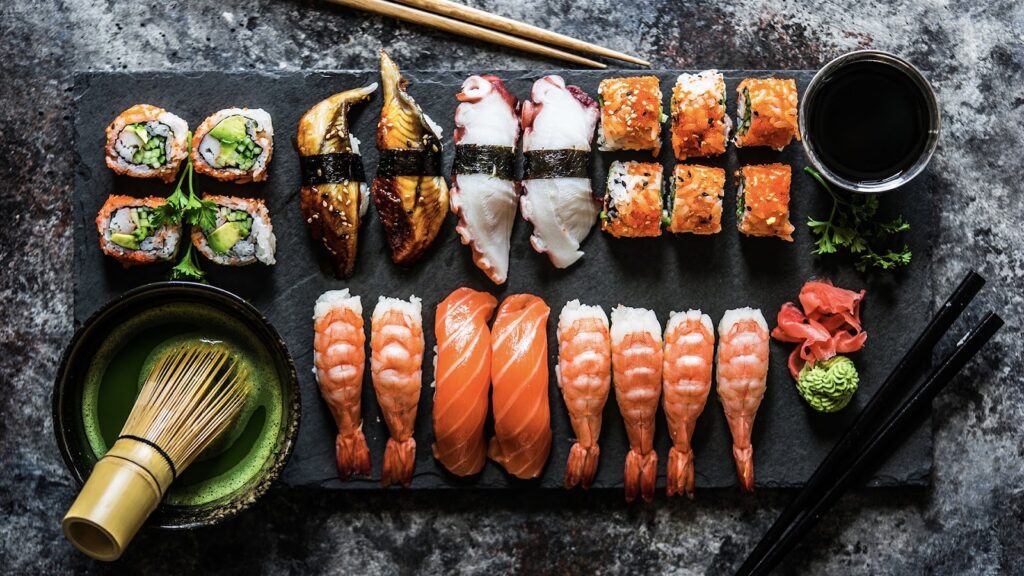
With an artist’s eye and a chef’s passion, we transform ingredients into culinary works of art, each plate a canvas awaiting its moment in the spotlight. Every detail is carefully curated, from the crispness of fresh produce to the richness of decadent sauces, ensuring that each image exudes irresistible allure.
Vibrant colors dance across the frame, inviting viewers to indulge in a feast for the eyes. From sumptuous steaks to luscious desserts, our images leap off the screen with a palpable sense of delicious anticipation. Through expert styling and meticulous attention to detail, we elevate food photography to an art form, enticing viewers to embark on a gastronomic adventure like no other.
As viewers gaze upon our images, cravings awaken and appetites stir. Whether dining out, ordering in, or channeling their inner chef at home, our photographs inspire action, igniting a passion for culinary exploration. In the realm of commercial food photography, each image is not just a picture but a promise – a promise of culinary delight and sensory satisfaction that leaves a lasting impression on all who behold it.
- Preparation and Planning: Before the actual shoot, photographers and their teams often plan extensively. This includes selecting the right props, backgrounds, and lighting equipment to create the desired ambiance and mood for the photoshoot. They may also work with food stylists to ensure the dishes look their best;
- Food Styling: Food stylists play a crucial role in commercial food photography. They arrange the food on plates or in other serving vessels, garnish it appropriately, and sometimes use tricks to enhance its appearance, such as using fake ice cream or creating steam with dry ice;
- Lighting: Lighting is paramount in food photography. Photographers use a variety of lighting techniques, including natural light, artificial studio lights, reflectors, and diffusers, to highlight the textures, colors, and shapes of the food and create depth and dimension in the images;
- Composition: Composition is key to creating visually appealing food photos. Photographers carefully arrange the elements within the frame, considering factors such as balance, symmetry, leading lines, and negative space to draw the viewer’s eye to the focal point—the food itself;
- Camera and Equipment: Professional-grade cameras and lenses are typically used in commercial food photography to capture high-resolution images with crisp detail and vibrant colors. Tripods, macro lenses, and other accessories may also be used to achieve the desired results;
- Post-Processing: After the photoshoot, images are often edited using software such as Adobe Photoshop or Lightroom to enhance colors, adjust exposure, remove imperfections, and refine composition further. This step helps ensure that the final images meet the client’s specifications and look their best for publication or distribution.
Overall, commercial food photography is a meticulous and collaborative process that requires attention to detail, creativity, and technical expertise to produce compelling images that effectively promote the food and drive sales.
Conclusion
Food photography is more than just a means of capturing images; it’s a dynamic blend of artistry, technique, and storytelling that brings cuisine to life on the visual stage. Throughout this exploration, we’ve witnessed the careful orchestration of lighting, composition, and styling, each element harmonizing to transform simple ingredients into visual masterpieces. From the vibrant colors of fresh produce to the sumptuous textures of decadent desserts, every photograph serves as a tantalizing invitation to indulge the senses and embark on a culinary journey.
As the demand for captivating food imagery continues to rise in an increasingly digital landscape, the role of commercial food photographers remains indispensable in shaping perceptions, driving consumer engagement, and ultimately, elevating the gastronomic experience. So, whether adorning menus, gracing social media feeds, or dazzling billboards, the art of commercial food photography continues to enthrall and inspire, reminding us that in the world of cuisine, every bite begins with a captivating image.
